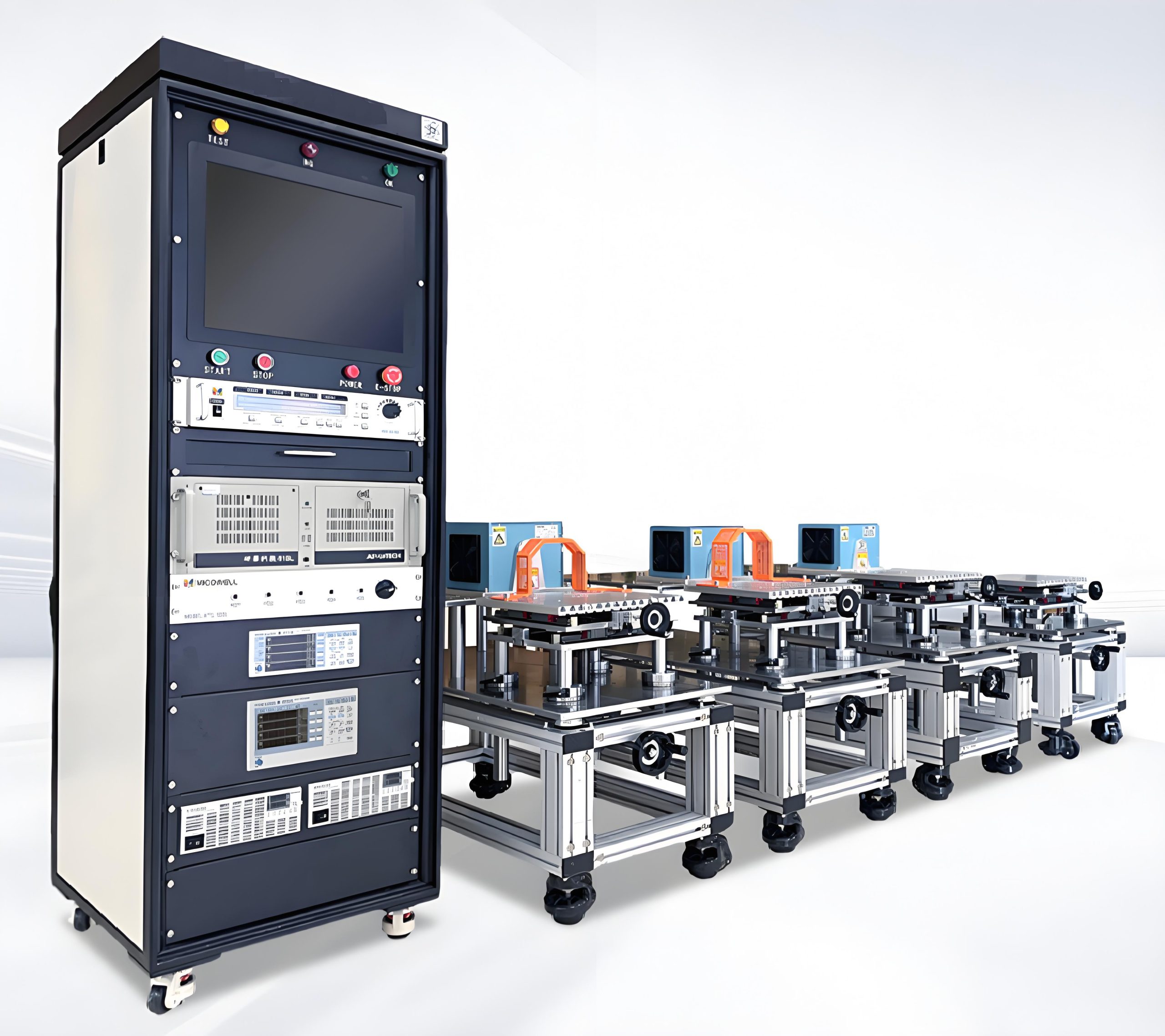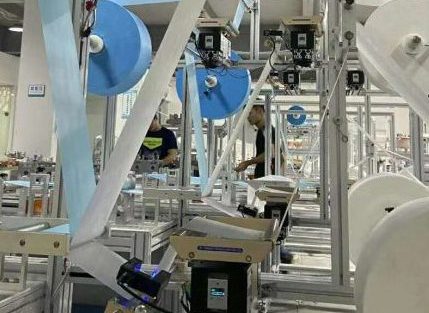In the ever-evolving world of industrial automation and motor testing, precision isn’t just a goal—it’s a necessity. Whether you’re designing electric vehicles, optimizing industrial machinery, or pushing the boundaries of aerospace engineering, the tools you use define your success. Enter the unsung heroes of modern engineering: hysteresis brakes, dynamometers, clutches, and advanced motor test systems. Let’s explore how these technologies are reshaping industries—one revolution at a time.
🧲 **Hysteresis Brakes: Where Control Meets Simplicity**
Imagine a braking system that operates without physical contact. No wear and tear. No friction-induced heat spikes. Hysteresis brakes achieve exactly this by leveraging magnetic fields to generate torque. When precision matters—think delicate robotics or high-speed packaging lines—these brakes deliver smooth, consistent resistance. Their secret? A rotor passing through a magnetic field creates eddy currents, producing torque proportional to the applied current. The result? Unmatched controllability for applications like tension control in textile manufacturing or precision positioning in medical devices.
📈 **Hysteresis Dynamometers: The Data-Driven Workhorses**
Testing motors without real-world load simulations is like baking a cake without tasting the batter. Hysteresis dynamometers solve this by providing adjustable, non-contact loading for motors, turbines, and transmissions. Need to simulate a wind turbine’s load profile at 3,000 RPM? Or validate an EV motor’s efficiency under sudden acceleration? Advanced automation tools offer seamless load control, capturing critical data on torque, speed, and power loss. https://morgan-salazar.mdwrite.net/powering-precision-the-future-of-hysteresis-brakes-dynamometers-clutches-and-motor-testing-solutions-1742967495 from automotive R\u0026D to renewable energy rely on them to eliminate guesswork and optimize performance.
🔗 **Hysteresis Clutches: Silent Guardians of Motion Control**
In a world obsessed with speed, hysteresis clutches are the masters of smooth engagement. Unlike mechanical clutches that jerk into action, these devices use magnetic hysteresis to transmit torque gradually. Picture a conveyor belt handling fragile glass panels or a printing press requiring flawless registration—hysteresis clutches ensure zero slippage and minimal maintenance. Their ability to handle high-inertia loads makes them indispensable in semiconductor manufacturing and food processing lines.
🚀 **Motor Dynamometers \u0026 Test Systems: Beyond the Bench**
Testing a motor isn’t just about checking if it spins—it’s about predicting its lifespan, efficiency, and failure points. Modern motor dynamometers integrate hysteresis braking with AI-driven analytics, creating ecosystems that test, learn, and adapt. For example, an EV manufacturer might use a motor test system to simulate 100,000 miles of driving in a week, analyzing thermal performance and energy recovery. These systems aren’t just tools; they’re insurance policies against costly field failures.
🔧 **Motor Test Equipment: Customization is King**
One size fits none in motor testing. A drone propeller motor and a submarine propulsion motor have wildly different testing needs. Advanced motor test equipment now offers modular designs—swap load banks, cooling systems, or control software as needed. Cloud connectivity allows engineers in Berlin to monitor tests in Tokyo in real-time, while predictive algorithms flag issues before they escalate. The future? Think digital twins of motors tested in virtual environments long before physical prototypes exist.
🌍 **Sustainability Meets Innovation**
As industries pivot toward green energy, hysteresis technologies are stepping up. Wind turbine manufacturers use hysteresis brakes to simulate storm-level gusts safely. Electric aircraft developers rely on dynamometers to maximize power-to-weight ratios. Even the humble hysteresis clutch plays a role, reducing energy waste in HVAC systems. Every watt saved here translates to a greener planet—a mission these technologies quietly champion.
🤝 **The Human Factor: Engineering with Confidence**
Behind every hysteresis brake curve and torque readout is a team of engineers trusting their tools. Take Sarah, a propulsion specialist at an EV startup. Her hysteresis-based test rig detected a 0.2% efficiency drop in a new motor design—a flaw invisible to traditional methods. Or Carlos, managing a hydroelectric plant, who used dynamometer data to extend turbine service intervals by 40%. These stories aren’t exceptions; they’re the norm when precision tools empower human ingenuity.

🔮 **What’s Next? The Road Ahead**

The horizon glows with possibilities. Imagine hysteresis systems with self-learning algorithms that adapt to motor wear patterns. Or ultra-compact dynamometers for micro-motors in wearable tech. As additive manufacturing shrinks components and IoT expands connectivity, one truth remains: hysteresis-based technologies will keep turning challenges into breakthroughs.
In the end, whether you’re braking, testing, or transmitting power, it’s not just about the hardware—it’s about the confidence to innovate fearlessly. And in that journey, hysteresis solutions aren’t just equipment; they’re partners in progress.
🛑 **Final Thought**
Next time you see a silently operating factory line or a sleek electric vehicle gliding by, remember—the invisible dance of magnetic fields and precision engineering made it possible. The future isn’t just electric; it’s hysteresis-driven.
